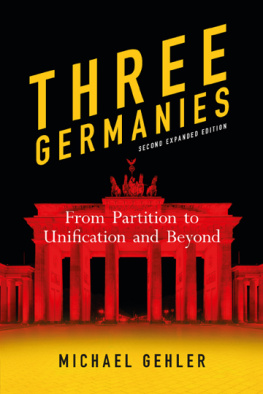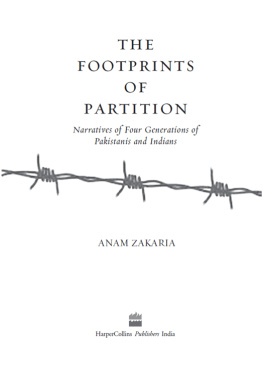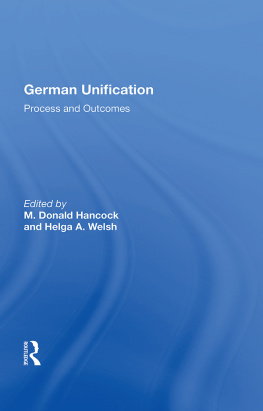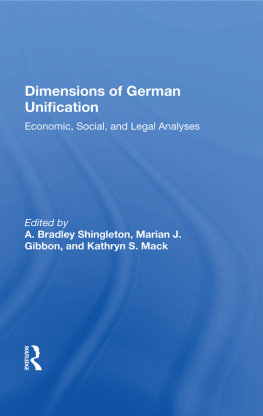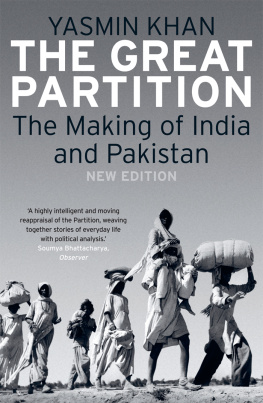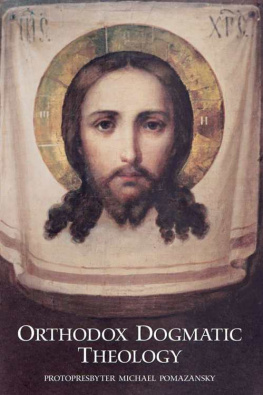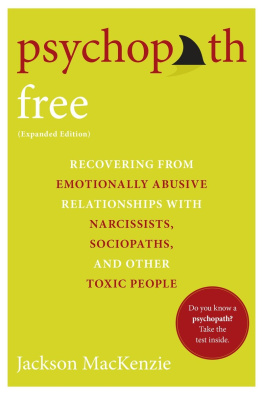Published by Reaktion Books Ltd
Unit 32, Waterside
4448 Wharf Road
London N1 7UX, UK
www.reaktionbooks.co.uk
First published 2011
Second expanded edition published 2021
Copyright Michael Gehler 2011, 2021
All rights reserved
No part of this publication may be reproduced, stored in a retrieval system,
or transmitted, in any form or by any means, electronic, mechanical, photocopying,
recording or otherwise, without the prior permission of the publishers.
Page References in the Photo Acknowledgements and
Index Match the Printed Edition of this Book.
Printed and bound in Great Britain
by TJ Books Ltd, Padstow, Cornwall
A catalogue record for this book is available from the British Library
eISBN 978 1 78914 355 3
Foreword
This book is about three German republics: the Federal Republic of Germany (FRG) from 1949 to 1990; the German Democratic Republic (GDR) over the same period; and the Berlin Republic since the unification of Germany. It will deal with aspects of domestic, foreign, social, cultural and economic politics.
However, there are a series of problems that need to be addressed: for a long time the events of the 1980s and 90s were hardly the object of systematic research. The key official source material for those decades is still classified, so there is a lack of work on the basic facts relating to West Germany. After the end of the GDR, the relevant files on the whole of the 40-year period became available and have been the object of research for the last three decades. The challenge as regards the subject matter and methodology consists in dealing with the FRG and the GDR simultaneously and taking them both into equal consideration. This leads to a further problem in that there are very few equally weighted accounts of the history of the two German states. Exceptions prove the rule: as a trained historian, outstanding journalist, publicist and writer, Peter Bender has published impressive analyses, as has the team of researchers led by Clemens Burrichter, Detlef Nakath and Gerd-Rdiger Stephan, the editors of a comprehensive encyclopaedic textbook.
Younger colleagues like Stefan Creuzberger, Dominik Geppert and Dierk Hoffmann wonder how the history of a divided nation between 1945 and 1990 should be written. The discussion is still in full swing and shows the gaps and omissions left by the historiography of the respective divided nations and partial states.
A further problem arises from the fact that selective historical writing on each of the German partial states has been carried out without regard to the other state and therefore has been one-sided. The FRG and the GDR, in spite of their alienation and growth apart from each other, remained related to one another, above all as regards competition between the two systems. Each one wanted to outdo the other and to be proven the better of the two. This has had its effect on the writing of history on each side and is still the case today. The history of the GDR presented by East German historians before 1990 as directed by the Socialist Unity Party or SED was ideologically loaded and politically blown up into a socialist success story. The history of the FRG, on the other hand, was also largely represented by West German historians as the story of the better Germany, a Germany that emerged as the winner and champion from the inter-German confrontation. This dichotomy of success and failure, as well as the binary opposition of winner and loser, however, will not take us far in dealing with the deficiencies and weaknesses that existed in both states. In viewing the position overall, it is also not enough just to compare the two Germanies, since Germany was more than the sum of its individual parts (as Bender puts it). What needed to be done was to judge both states based on the same criteria and standards; not from either a Western or an Eastern viewpoint, but from one in between.
A decade has passed between the first and the second edition. As a central power in Europe, the new Berlin Republic had to live up to its responsibilities in the face of new challenges (the euro, refugee, Ukraine and Brexit crises, and recently coronavirus), but it was also increasingly criticized in the course of its EU crisis management and the role of Chancellor Merkel was strongly questioned. The changes in the domestic political landscape due to the entry of the right-wing Alternative fr Deutschland (AfD) party into the Bundestag had to be fathomed and the last years of the Merkel era assessed.
The years in Germany from 2015 onwards are characterized by radicalized political development. The still young self-image of Germany as an immigration country was subject to strong tensions and cracks. New political movements and a communication society without inhibitions have eroded the classic political system with its popular parties (the CDU/CSU and SPD). The various coalition governments were and are confronted with an abundance of hardly manageable challenges and numerous unresolved tasks for the future (digitization, climate change, migration, transport infrastructure and housing), which have brought them to the limits of their capacity to act and solve problems. Yet Germanys society and politics are more divided than they have been since the state was united. The Grand Coalition is in an existential crisis. This has already led to weakened German leadership of the EU. Without including the continuing history of the three German states the GDR is still very much present in the minds of the middle and older generation of East Germans Germany can hardly be understood 30 years after reunification, as is explored in a new chapter of this updated edition.
1
Occupation and the Road to Two Different German States
Germany First: The European Advisory Commission (EAC) of 19435
The attempts by Hitler to gain Lebensraum (living space) for the German people through war against Poland in 1939 to create a Greater German Reich and the attack on the Soviet Union in 1941 had failed due to the common efforts of the Allies. Up until 1943 there was neither agreement nor coordination between the three main Allies of the coalition against Hitler as to the question of what should happen after the victory. With the defeat of Nazi Germany in sight, the post-war planning of the Allies became more clearly engaged from the autumn and winter of 1943. The Moscow Foreign Ministers conference from 19 October to 1 November decided on the formation of the European Advisory Commission (EAC). From 15 December 1943 up to the conclusion of its activity on 2 August 1945 its roles were then taken over by the Allied Control Council as well as by the Council of Foreign Ministers of the Four Powers the EAC drafted four key documents: first, the draft of a declaration of surrender (25 July 1944); second, an agreement by the Three Powers on the zones of occupation and the administration of Greater Berlin (12 September 1944); third, the control mechanism (14 November 1944); and fourth, the declaration of the Four Powers in relation to the defeat and the assumption of the power of governing Germany (5 June 1945). Apart from Germany, the EAC was only concerned with Bulgaria and Austria. It was the British who were thinking most along European lines in the context of the EAC and who also were the most interested in its continued existence. The Allied Consultation Committee (ACC), which only had its first session on 18 December 1944, dealt with summaries of the proposals put forward by the minor allies but these were hardly taken into account by the EAC. The British government kept its dominions informed in confidence about the consultations and gave privileged treatment to the Committee for French Liberation (CFLN). The other European exiled governments in London were generally only kept informed superficially and given short notice before the publication of the results. The treatment of the other partners as minor allies demonstrated that for the USA and the USSR Europe was only a marginal factor. Although the work of the EAC made only slow progress, its output was considerable. In the shape of the agreements on the control procedures and the establishment of the occupation zones in Germany and Austria (including Berlin and Vienna) it had done decisive preliminary work for the future Four Power presence in the two countries. There was no consensus for a dismemberment of Germany arising from the various deliberations of the Big Three. The EAC therefore aimed at only minimum compromises while a lot was left open as regards the fundamental questions over which the Allied Control Council in Berlin also failed. The great expectations that the British Foreign Office had had for the EAC were not to be fulfilled, particularly since it never discussed the shape of Europe in the postwar period. Quite apart from the fact that the EAC was sufficiently preoccupied with the agreements on the surrender and the occupation systems of Germany, the other members lacked the political will. Washington and Moscow were not prepared to make the EAC into a forum for the planning and restructuring of Europe after the end of the Second World War.


